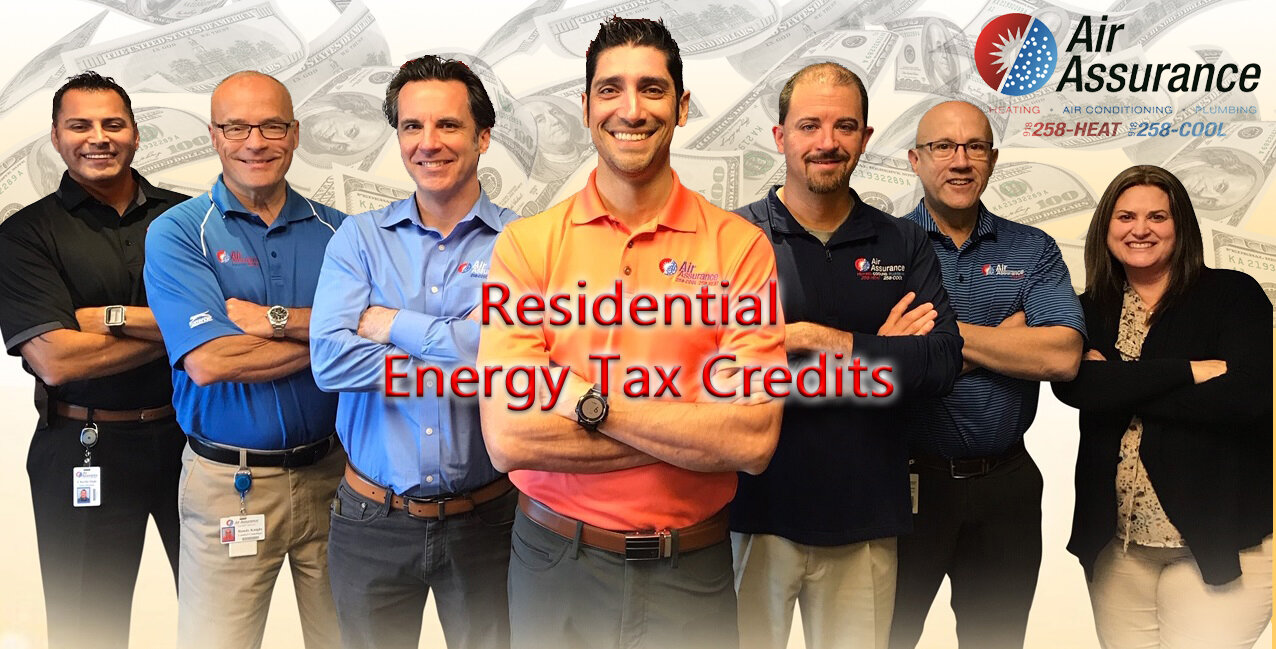Very few people look forward to tax season, and it's very easy to understand why. We thought it'd be a good idea to help you lighten the burden a little by teaching you some HVAC cost-savings techniques that you can begin implementing right now.
Upgrade to a Programmable Thermostat
Moving your thermostat up and down on a regular basis can increase your monthly energy costs. A programmable thermostat allows you to put your equipment on a schedule so that you'll have better and more consistent control over your energy usage.
Look for Air Leaks and Seal Them
Every home has air leaks, but if you have too many, then you're very likely wasting energy by forcing your HVAC equipment to run longer than it should. Seal any leaks you find with weatherstripping, spray foam, or caulk. Common areas to find leaks are around the edges of your doors and windows.
Lower the Water Heater’s Temperature
Many homeowners don't realize that their water heater's temperature is cranked up higher than it really needs to be, which will obviously lead to a waste of energy. The standard default setting from the manufacturer is very often 140° F, but most people are comfortable moving it down to 120° F.
Install a Zoned System
Traditional cooling systems aren't exactly efficient, because they're forced to treat the entire home even when only one or two rooms are occupied. A zoned system, which includes multiple thermostats and the ability to concentrate your cooling efforts on specified areas of your home, will help lower your energy costs.
Switch to Fluorescent Bulbs
In recent years, there's been a huge push to switch from traditional light bulbs to fluorescent models. It isn't difficult to see why: Not only do incandescent bulbs use more energy, but they also give off more heat, which will increase your cooling needs.
We hope these HVAC cost-savings strategies will help you get started toward lowering your energy bills. If you're in need of service, the team at Air Assurance can help. We've been fielding HVAC needs for Broken Arrow and the surrounding areas since 1985.






